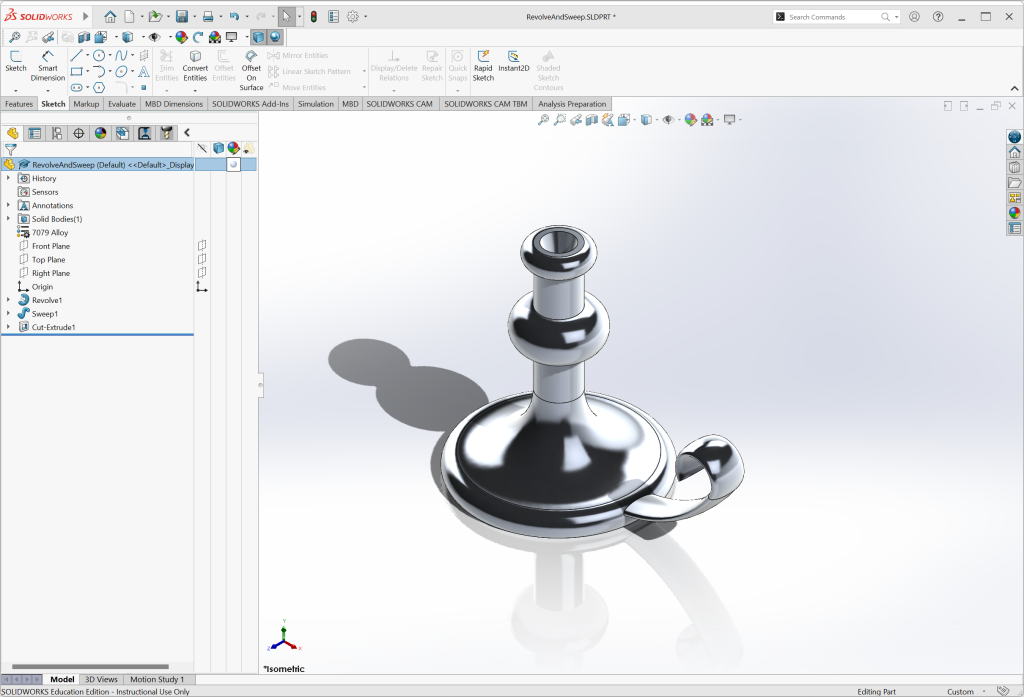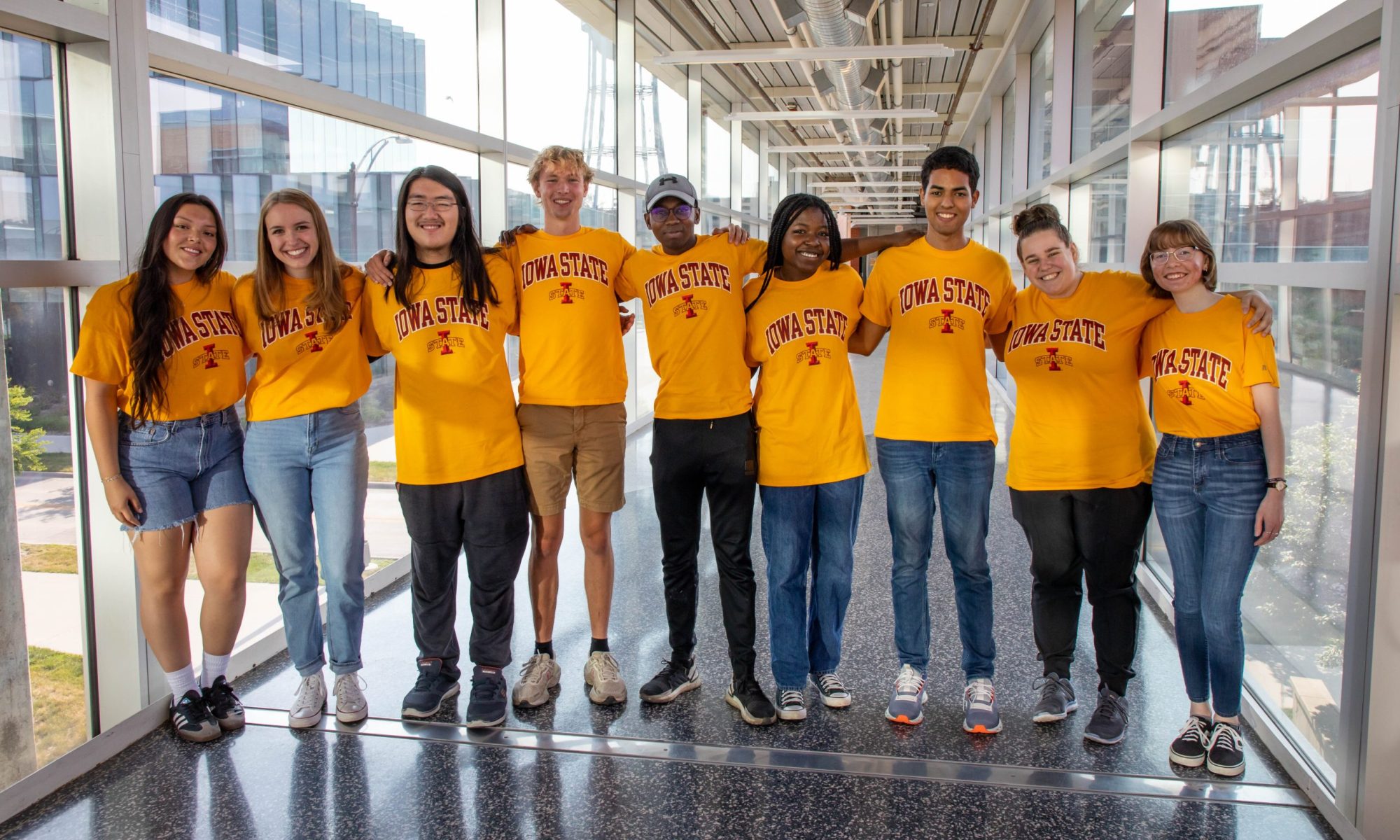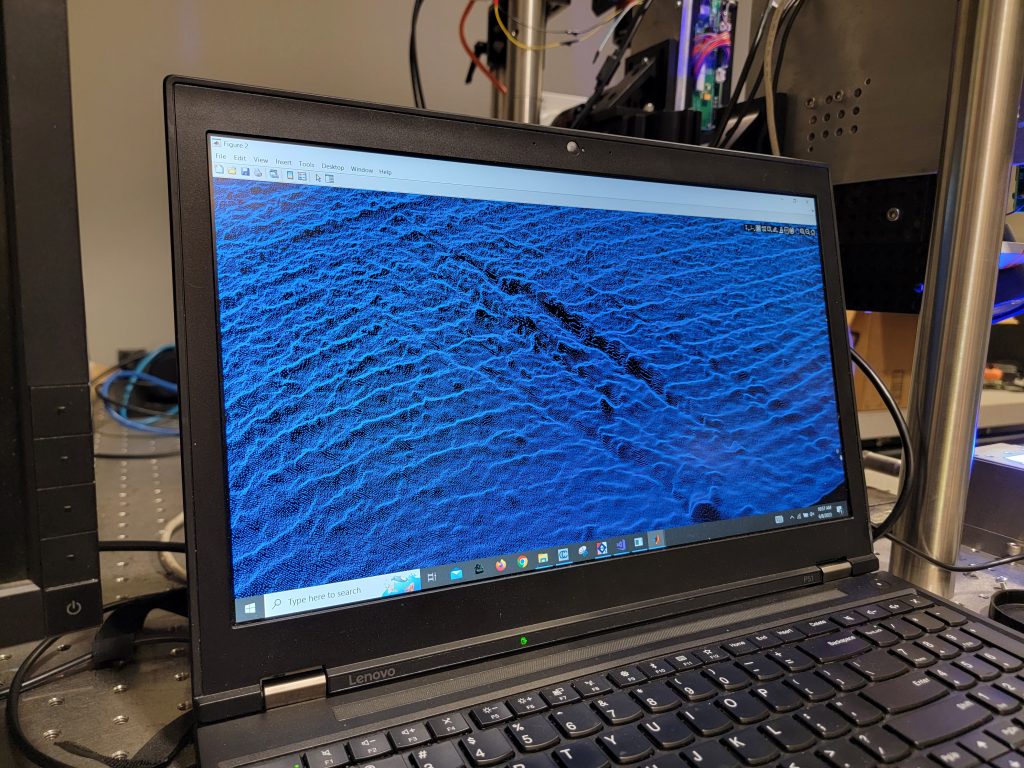Today is the beginning of the third week of this REU! Time is going so fast, yet we are still learning many of the tools we will be using as we conduct our research.
This morning, we spent time learning about SolidWorks, a 3D modeling program used for engineering. We began with a lecture on the principles of the program before giving us some time to work on the included tutorials (image is below).

Through learning this new software, I was thinking about how I familiarize myself with interfaces I haven’t encountered before. For example, I had trouble what each function did and where it was located, as there were many different toolbars and menus. As a result, as I worked on the tutorials, I tried to make a mental map of where each function was located until I was able to navigate to the basic functions by myself. By that stage, I could do basic work by myself, only asking others occasionally for help on tools I am less familiar with.
While I was learning, I felt that using the software with guidance at the beginning was the most helpful for familiarizing myself. By only listening to others talk, I found it difficult to develop a sense of intuition that helps me navigate SolidWorks consistently. At the same time, working by myself is too unstructured for me to explore at a decent rate, but this might help me develop stronger mental connections if I need to use SolidWorks in the future.

